The architecture of Paris is more than just beautiful buildings; it’s a chronicle of the city’s transformation through the ages. From towering Gothic cathedrals to elegant Haussmannian facades, each architectural style in Paris tells a story, capturing the spirit and values of its era. This unique blend of styles not only shapes the city’s skyline but also reveals its cultural and historical identity.
In this article, we’ll explore how the architecture of Paris embodies the passage of time, each structure serving as a visual narrative of the city’s evolution. We’ll delve into the most iconic periods, showing how everything from the medieval foundations to the Art Nouveau details reflects the heart and soul of the “City of Light.”
The Early Foundations: Medieval Architecture
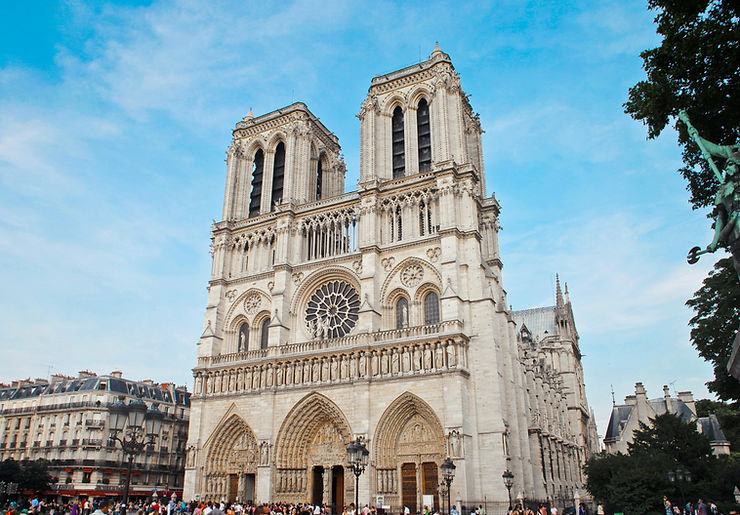
Paris’s architectural journey begins with its medieval foundations, where Romanesque and Gothic styles laid the groundwork for the city’s spiritual and cultural centers. One of the most iconic examples from this era is the Notre-Dame Cathedral, a masterpiece of Gothic architecture. Built in the 12th century, Notre-Dame’s pointed arches, ribbed vaults, and gargoyles showcase the medieval desire to reach towards the heavens, blending beauty with functionality.
In addition to religious sites, medieval Paris saw the construction of fortified buildings, designed to protect the city’s inhabitants. The remnants of the city’s ancient walls and structures, like the Hôtel de Cluny, give a glimpse into a time when defense and piety coexisted. These foundations not only mark the start of Parisian architecture but also reflect the early societal priorities of protection and faith.
The Gothic Era: Bold Heights and Spiritual Symbols
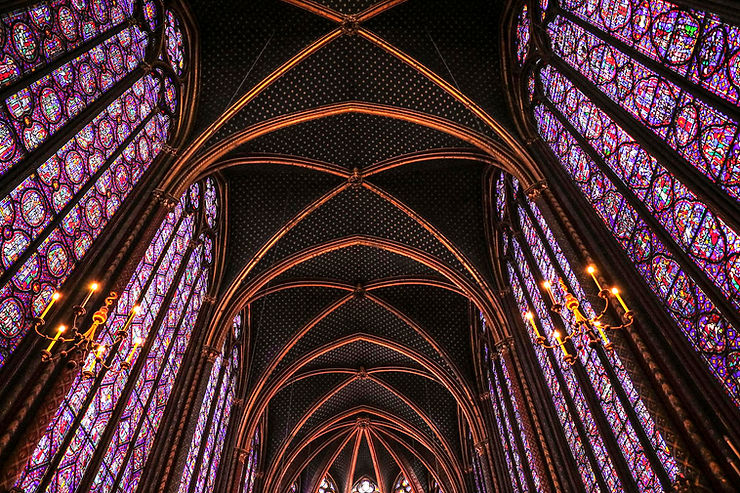
The Gothic era left a bold, unmistakable mark on the architecture of Paris, forever defining the city’s skyline with its grand, ethereal structures. This period emphasized verticality and light, with architects pushing the boundaries of height and space to create awe-inspiring religious landmarks. Sainte-Chapelle, with its breathtaking stained glass windows, is another standout example, encapsulating the Gothic ideals of light and elevation.
The technical innovations of this era, including flying buttresses and intricate tracery, allowed for taller, more open structures that welcomed natural light. These features became synonymous with Gothic architecture and continue to be hallmarks of Parisian design, symbolizing both religious reverence and architectural ambition. Paris’s Gothic buildings are not just historical sites but are celebrated as timeless achievements in architectural ingenuity.
Renaissance and Classical Revival in Paris
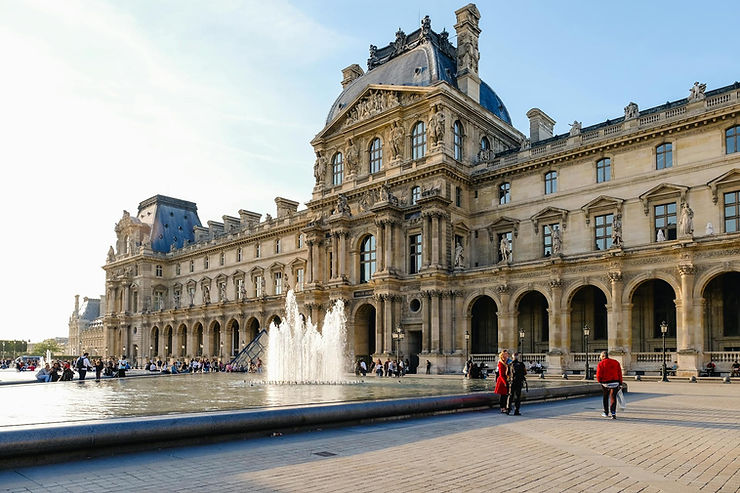
The architecture of Paris evolved significantly during the Renaissance, as classical ideals from Italy influenced Parisian design, bringing symmetry, proportion, and refinement into focus. Structures from this era embraced geometric forms and a sense of balance, moving away from the verticality of Gothic architecture. The Louvre Palace, originally a medieval fortress, was transformed during the Renaissance into a grand royal residence, showcasing classical columns, decorative moldings, and elaborate sculptures.
This period marked the beginning of Paris as a center for refined taste and architectural innovation. The architectural styles became more restrained and elegant, reflecting the Renaissance values of harmony and order. This influence extended beyond royal residences to public buildings, laying the groundwork for a Parisian style that would carry on through the classical revival in the centuries to come.
The Age of Enlightenment: Baroque and Rococo Flourishes
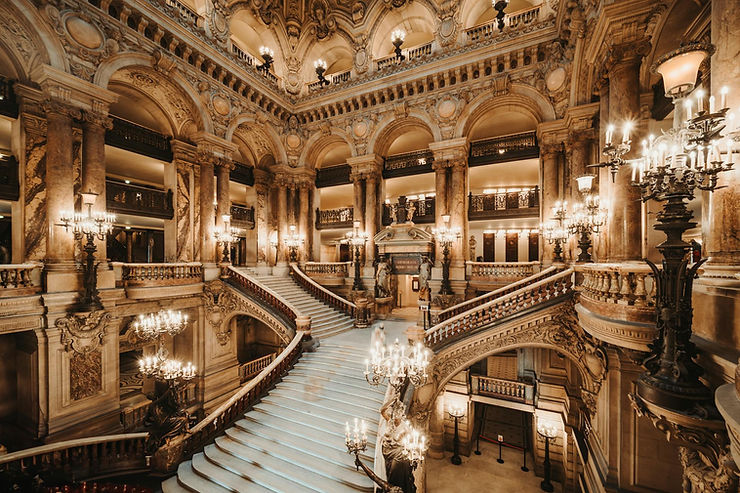
The Baroque and Rococo periods of the 17th and 18th centuries brought opulence and flair to the architecture of Paris, reflecting the artistic exuberance of the French court. Baroque architecture, known for its dramatic contrasts and ornate detailing, is exemplified in the Palais Garnier opera house. The grand staircase and intricate ceilings in this building embody the theatrical grandeur and decorative excess that defined the Baroque period.
The Rococo style followed, lightening the Baroque’s dramatic tones with playful elegance and a focus on interior decor. Rococo is visible in sites like the Hôtel de Soubise, where interiors boast delicate curves, pastel hues, and intricate plasterwork. These architectural styles underscore the opulence of the French aristocracy, blending artistic mastery with a sense of whimsy that still enchants visitors today.
Haussmann’s Paris: The Modernization of the City
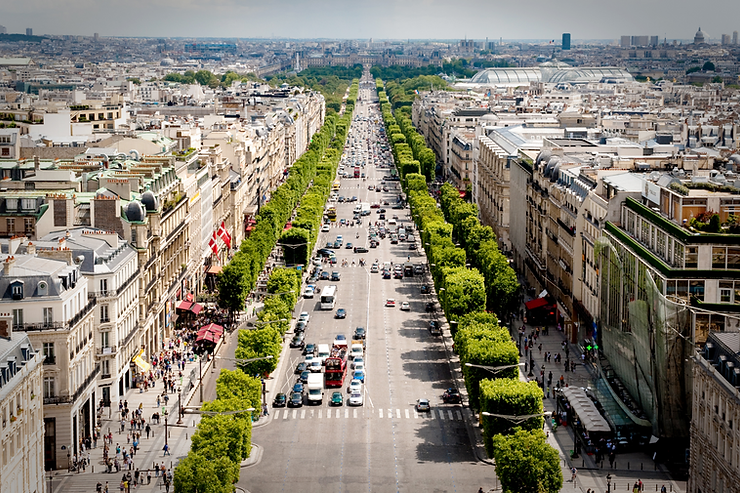
In the mid-19th century, Paris underwent a radical transformation under the direction of Baron Haussmann, tasked by Napoleon III to modernize the city. Haussmann’s renovation project reshaped the architecture of Paris, introducing wide boulevards, symmetrical facades, and uniform building heights, which became iconic elements of Parisian urban design. This period saw the construction of grand avenues like the Champs-Élysées and the modernization of major landmarks like the Opéra Garnier.
Haussmann’s work wasn’t merely aesthetic; it improved the city’s infrastructure, allowing for better air circulation, sanitation, and accessibility. This era left an indelible mark on Paris, with the Haussmannian buildings embodying both functional urban planning and timeless architectural elegance. Today, Haussmann’s Paris remains a defining feature of the city’s landscape, offering a harmonious blend of tradition and modernization that continues to attract admiration.
Art Nouveau and Art Deco: The Creative Explosion
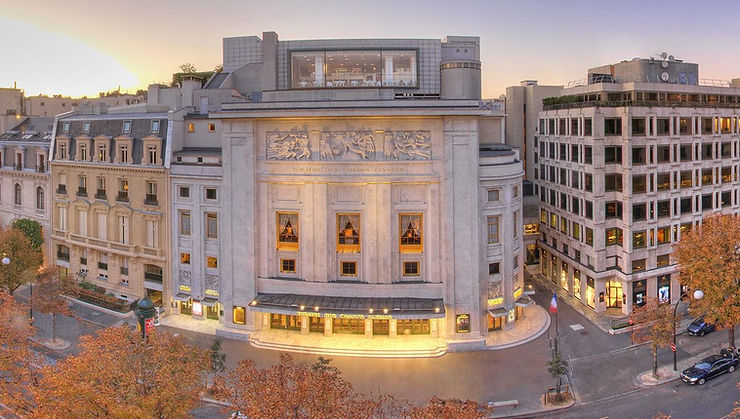
As the 20th century approached, Paris became a hub for the innovative Art Nouveau and Art Deco movements, each adding new layers to the architecture of Paris. Art Nouveau, popular in the late 19th and early 20th centuries, emphasized organic forms and decorative details inspired by nature. This style is famously seen in the Metro station entrances designed by Hector Guimard, with their fluid lines and floral motifs, representing the height of Art Nouveau’s influence in the city.
Following this period, the Art Deco movement brought a more streamlined, geometric aesthetic to Parisian architecture, favoring bold, symmetrical designs and luxury materials. Notable examples include the Théâtre des Champs-Élysées, which blends classical elements with modernist simplicity. Both Art Nouveau and Art Deco enriched the architectural diversity of Paris, making it a city where creative expression thrived and left a lasting impact on global design trends.
The Role of Architecture in Parisian Identity
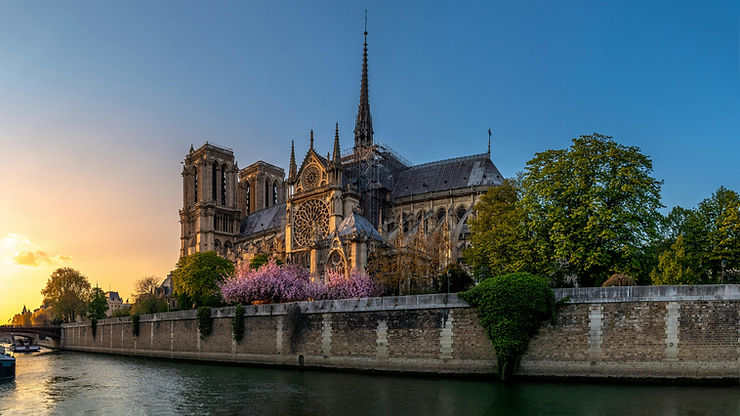
Architecture plays a pivotal role in shaping Paris’s identity, serving as a tangible expression of the city’s history, culture, and values. Each building, from medieval cathedrals to Haussmannian facades, contributes to a collective narrative that defines Paris’s image worldwide. The architecture of Paris is more than aesthetic; it represents resilience, innovation, and a deep respect for artistic tradition, woven into the fabric of daily life for Parisians.
This architectural identity also influences the way people experience the city. Walking through Paris feels like stepping back in time, with each era preserved in stone, metal, and glass. The city’s architecture draws millions of visitors each year, inviting them to engage with the past while celebrating the enduring beauty that defines Paris’s charm and allure.
Architectural Landmarks: A Must-See Guide
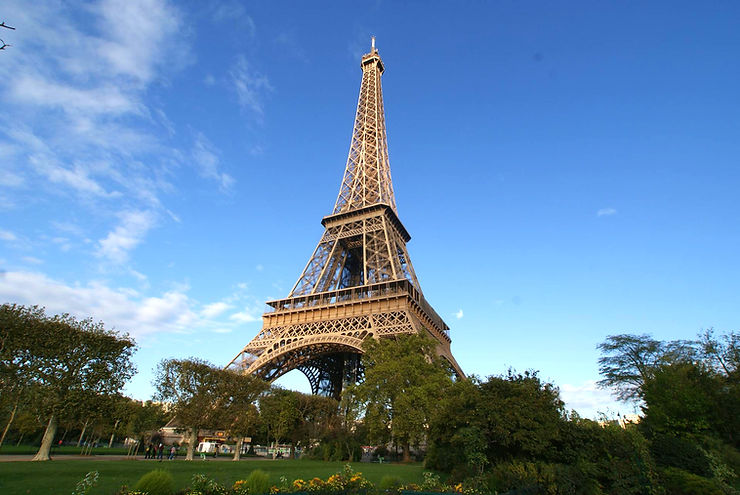
Paris is home to an array of architectural landmarks that encapsulate the city’s architectural evolution and cultural significance. Notre-Dame Cathedral stands as a symbol of Gothic grandeur, while the Louvre exemplifies Renaissance and classical design. Visitors can’t miss the Eiffel Tower, a feat of modern engineering that initially sparked controversy but is now one of the world’s most iconic structures.
Other must-see landmarks include the Arc de Triomphe, symbolizing French resilience and victory, and the Louvre Pyramid, a modern glass structure that contrasts yet complements its historic surroundings. Each of these sites offers a unique glimpse into the architecture of Paris, highlighting the diversity and artistry that make the city a living museum of architectural wonders.
Comparing Parisian Architecture with Other European Cities
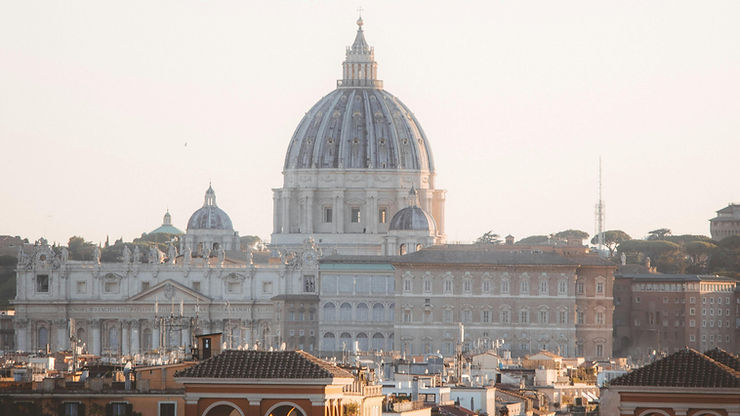
The architecture of Paris holds a distinct place in Europe, blending elegance, innovation, and tradition in ways that set it apart from cities like London and Rome. Unlike London, with its mix of Gothic revival and modern skyscrapers, Paris maintains a more uniform skyline due to Haussmann’s influence, preserving its classic urban aesthetic. Rome, known for its ancient ruins and Baroque palaces, contrasts with Paris’s emphasis on neoclassical and Renaissance styles.
While each European city has its unique architectural identity, Paris’s seamless integration of historical preservation and modernity is particularly noteworthy. Its architectural cohesion, from medieval landmarks to Haussmannian boulevards, creates a visually harmonious cityscape that few other cities can rival. This unity, combined with architectural masterpieces from every major era, gives Paris a unique blend of continuity and cultural resonance.
The Influence of Parisian Architecture Globally
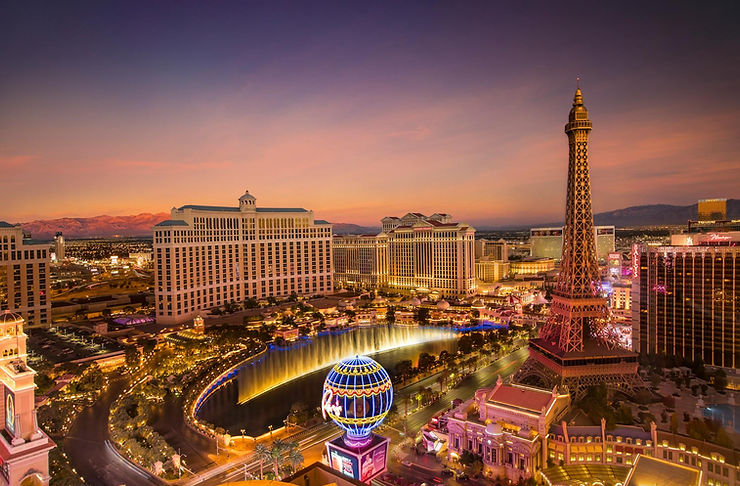
The architectural innovations and aesthetic principles established in Paris have left a lasting impact worldwide, inspiring cities from New York to Tokyo. The Haussmannian model of wide boulevards and uniform building facades influenced urban planners globally, particularly in cities aiming to modernize while retaining a cohesive look. Iconic structures like the Eiffel Tower and the Louvre Pyramid sparked architectural movements, with replicas and homages seen in cities across various continents.
Additionally, Paris’s emphasis on blending form with function, seen in its bridges, public spaces, and decorative metro entrances, has inspired urban design focused on beauty and utility. This influence reaches beyond architecture to urban planning, public art, and even fashion, proving that the architecture of Paris continues to shape global aesthetic standards and inspire creativity worldwide.
Conclusion
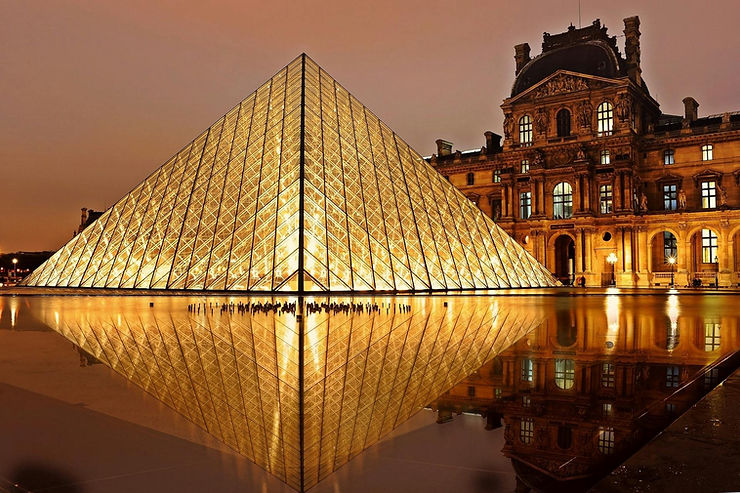
The architecture of Paris is a journey through history, art, and culture, with each building narrating a different chapter of the city’s story. From the soaring spires of Notre-Dame to the modern lines of the Louvre Pyramid, Parisian architecture exemplifies the city’s blend of tradition and innovation. Each era left its mark on Paris, making it a city where diverse architectural styles coexist harmoniously, offering a rich tapestry of design that draws visitors and admirers from all corners of the globe.
Ultimately, Paris’s architecture is more than its physical structures; it embodies the soul of the city, reflecting the creativity, resilience, and passion of its people. As you walk through Paris, you’re not merely observing buildings—you’re experiencing the unfolding story of one of the world’s most captivating cities.
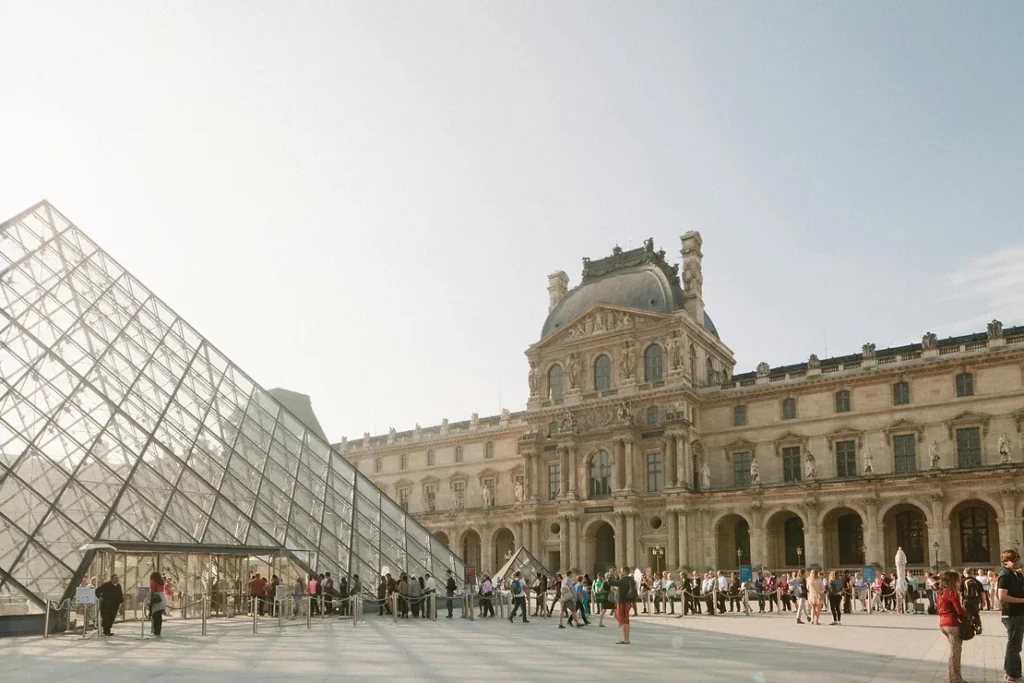
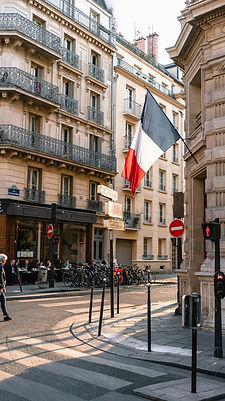
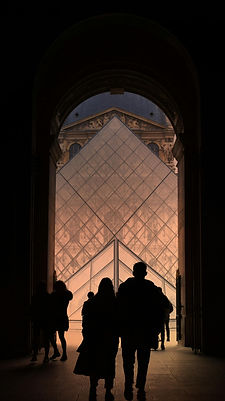
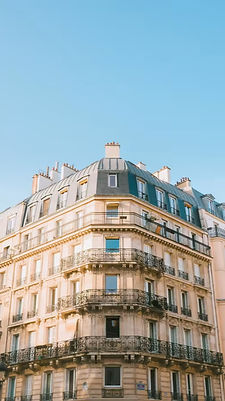
Recent Posts
15 Floor Plan Graphic Styles That Will Elevate Your Presentation Game
The Role of Shadows in Architectural Storytelling
When Furniture Becomes Architecture: Blurring the Line